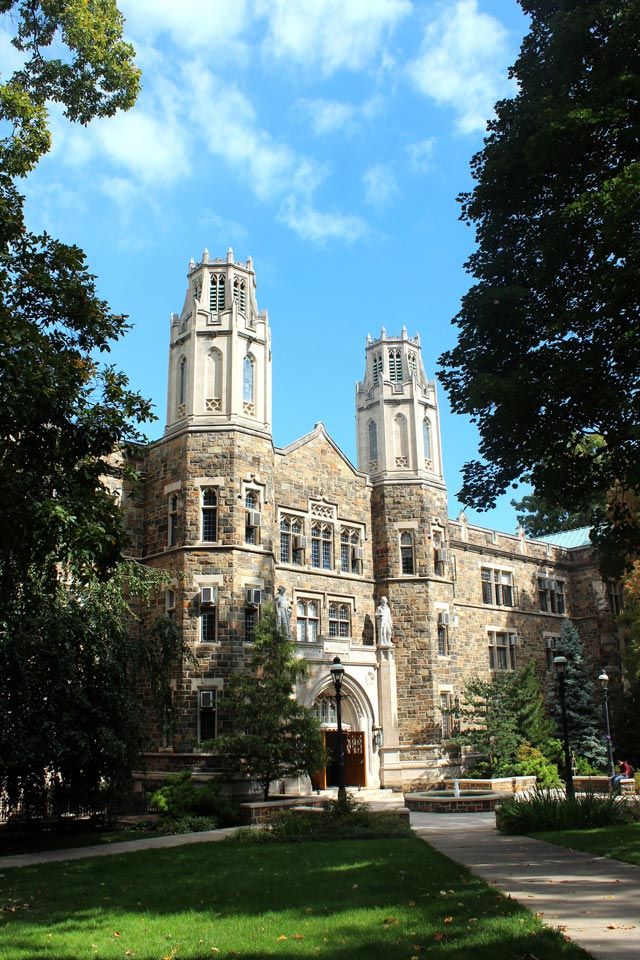National research center studies advanced materials for energy applications.
John DuPont, the R.D. Stout Professor of Materials Science and Engineering, is in his third year leading the Center for Integrative Materials Joining Science for Energy Applications, and already, the number of companies participating has increased from 16 to 29, and they are some of the largest, most well-known companies in the world.
The center also involves Ohio State, the University of Wisconsin- Madison, and the Colorado School of Mines, three national laboratories (Los Alamos, Oak Ridge and Idaho), and the National Aeronautics and Space Administration (NASA).
Approved by NSF as an Industry- University Cooperative Research Center (IUCRC), the center is receiving more than $5 million in funding over five years from NASA, NSF and industry.
Its goal is to develop better methods for joining advanced materials that are used in energy applications. DuPont says the NSF center is helping to meet a pressing need for better welding materials and processes for new, high-performance power plants that are fueled by all kinds of energy sources.
In an effort to improve the properties in joints and welds, DuPont and his students develop experimental and modeling techniques that rely on microstructural and material property characterization.
One of the center’s projects seeks to improve the welds used in new advanced, ultra-supercritical coal-fired power plants. To maximize operating efficiency, these plants must run at higher pressures and temperatures. These conditions require boiler materials whose superior “creep” strength enables the materials, and their welds, to perform well for extended periods of time without expanding or cracking.
One company participating in the center has developed a high-performance nickel alloy that can be used in pipes and tubes in the ultra-supercritical plants. The pipes and tubes require welds with a similar reliability to that of the alloy. DuPont’s team is testing welds composed of the same alloy in an effort to determine how the alloy loses creep strength from the heating and cooling that occur during welding. The results recorded by Ph.D. candidate Dan Bechetti have led to the testing of new filler material for the welds. The company will work with Lehigh to creep-test the new material until it achieves the desired results.
The center is also seeking to develop better welds on water walls, a series of tall metal tubes inside coal-fired power plants that carry the water that is converted to steam in the boiler and sent on to drive the turbines that generate electric power. The combustion of coal, however, produces corrosive gases in the boiler, which attack and corrode the steel water walls, particularly in the areas where the coal is ignited. Eventually the tubes fail and must be replaced.
In an effort to prolong the life span of the tubes, power plant operators cover the tubes with a corrosion-resistant nickel based weld overlay alloy. This covering often fails prematurely, particularly in the more corrosive areas. Researchers in the center are attempting to develop a longer-lasting coating. One challenge they face is that when the pipes are covered with a weld overlay coating, the welding process itself weakens the corrosion resistance of the weld overlay.
One solution has been to use the same material as that used for the weld overlay, but instead of melting and resolidifying the alloy during the welding process, a solid-state process is used to apply the protective coating prior to the pipe-coating extrusion process. This newly developed technique has succeeded in applying the material so that it has improved corrosion resistance.
Ph.D. student Andrew Stockdale is testing the performance of this new type of pipe coating. His results were promising enough to persuade a power plant to install a test panel that will be subjected to normal plant conditions for several years.
Projects like these are important to the energy industry, says DuPont. Extending service life and improving the efficiency of welds in power-generating facilities can avoid unforeseen plant outages and save millions of dollars.
DuPont’s work has also drawn interest from the aircraft, aerospace, automotive and electronics industries.

